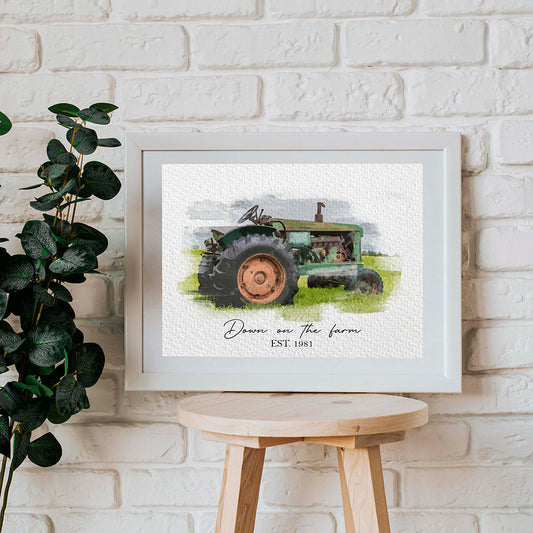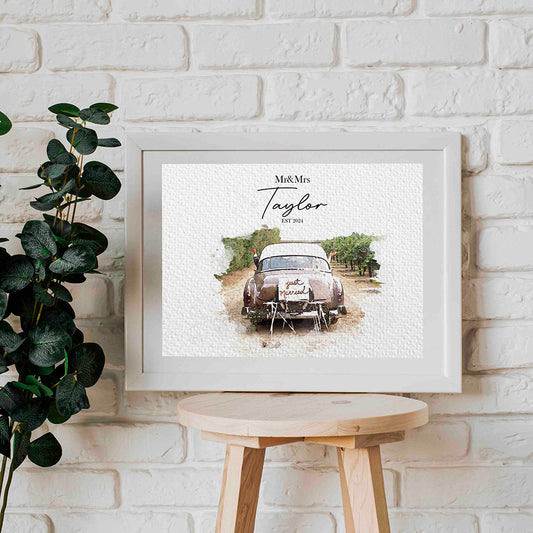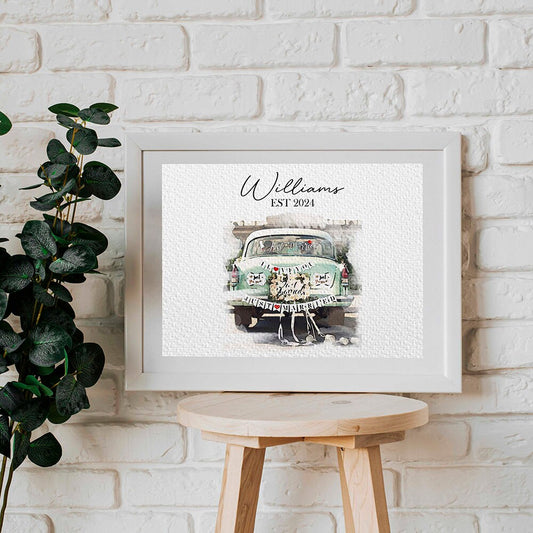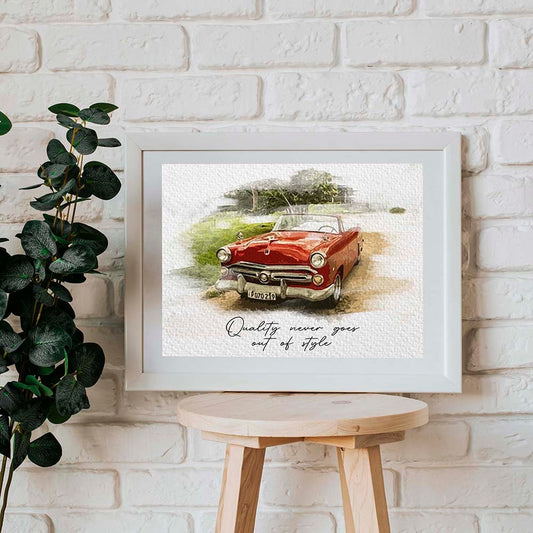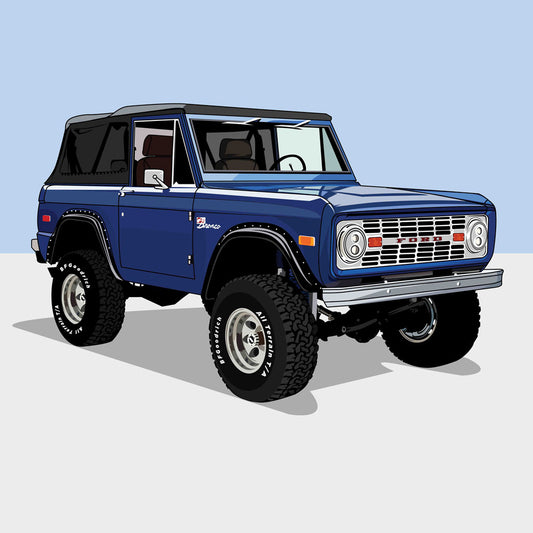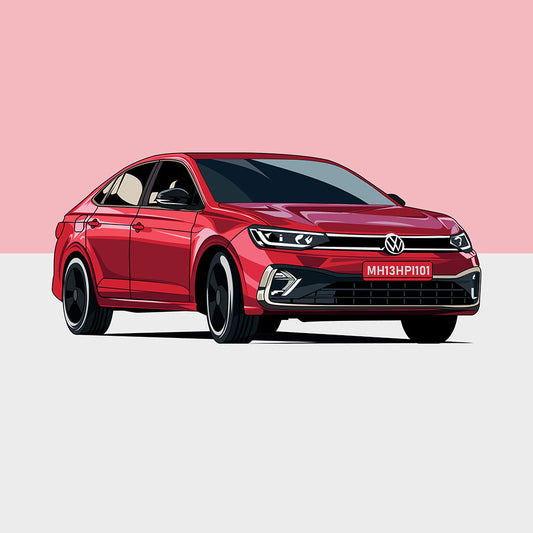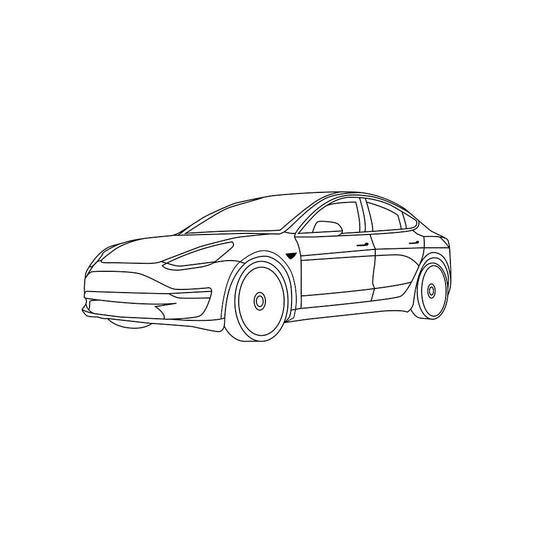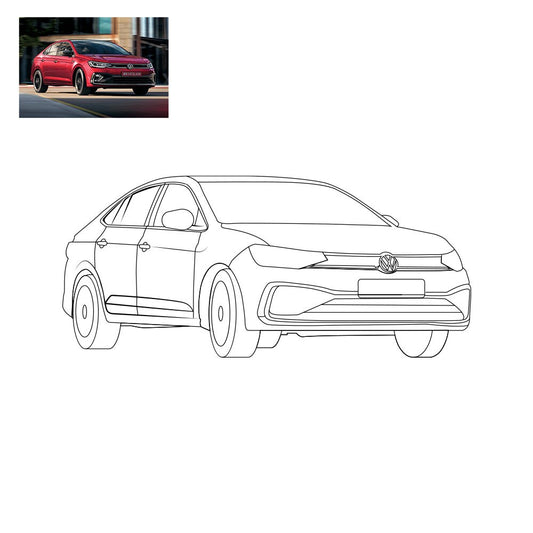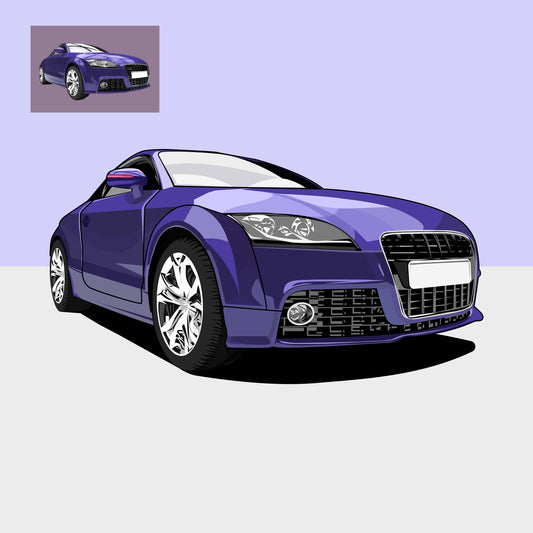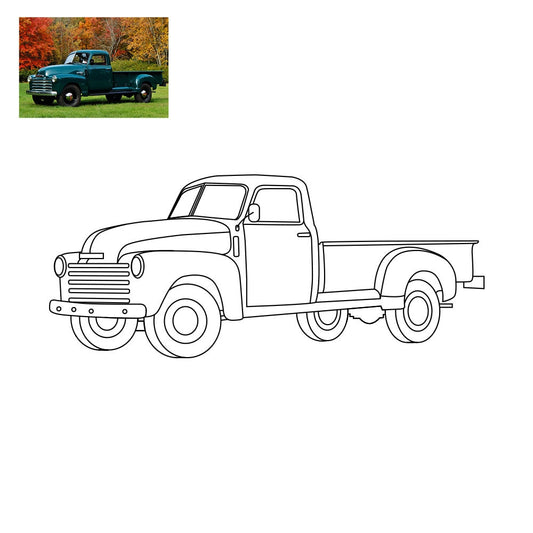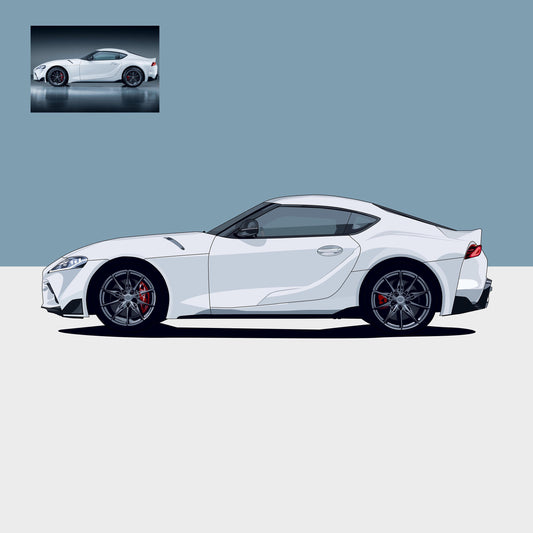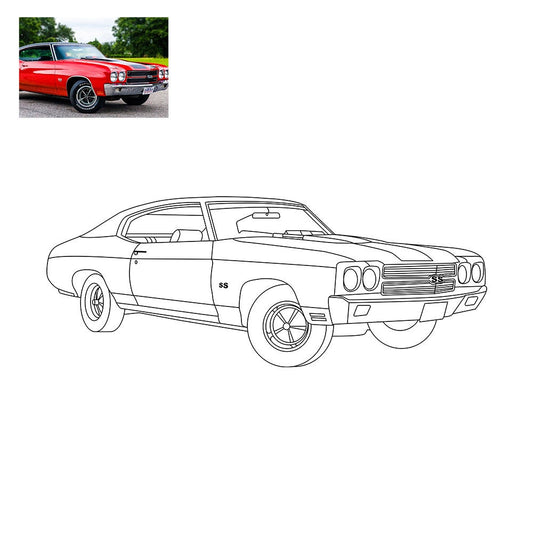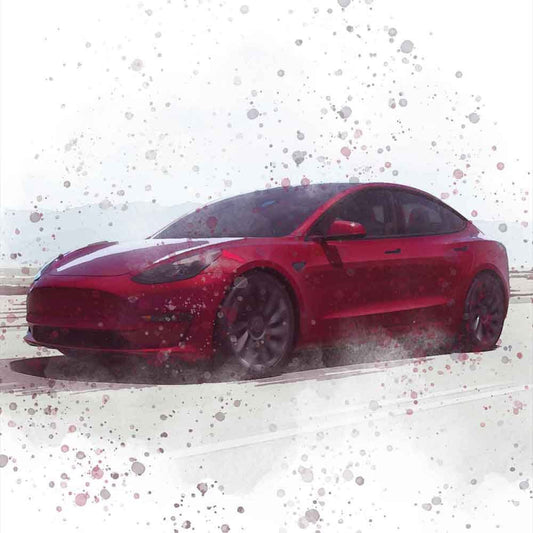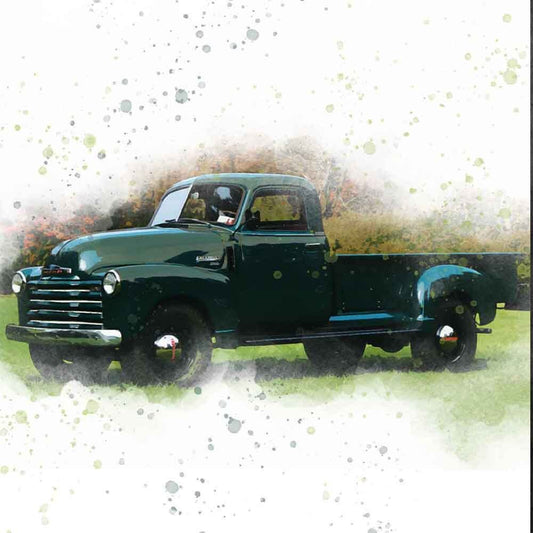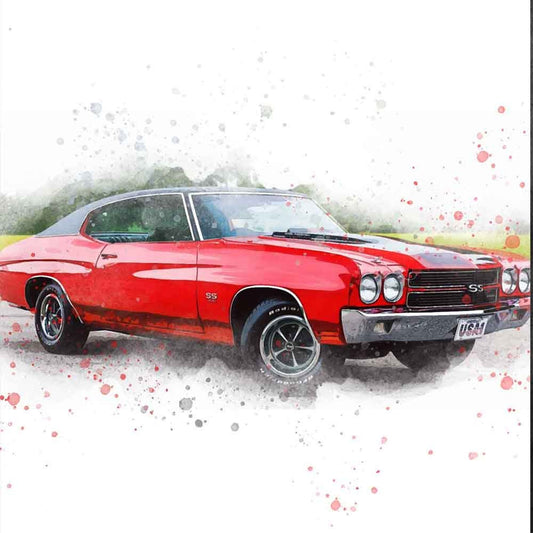Capturing Character: The Art of Car Portraits
Table of Contents
- Introduction
- The Essence of Car Portraits
- Choosing the Right Setting
- Lighting Techniques
- Composition and Framing
- Detail Shots
- Post-Processing Magic
- Conclusion
In the world of automotive enthusiasts and photographers, there exists a unique and captivating niche – car portraits. Beyond the conventional snapshots of vehicles, car portraits elevate automobiles to a form of art, capturing their essence and personality. In this blog, we will explore the artistry behind car portraits, the techniques involved, and why these compositions have become a favorite among automotive enthusiasts and photographers alike.
The Essence of Car Portraits
Car portraits go beyond mere documentation of vehicles; they aim to convey the character, history, and emotions associated with each automobile. Whether it's the sleek lines of a modern sports car, the rugged charm of a vintage classic, or the utilitarian beauty of a well-loved daily driver, car portraits tell a story about the machine and its place in the owner's life.
Choosing the Right Setting
One of the key elements in creating a compelling car portrait is selecting the right setting. The environment should complement the car's personality, whether it's an urban backdrop for a modern city cruiser or a scenic countryside for a classic roadster. Consider the lighting conditions, time of day, and the overall atmosphere to enhance the visual impact of the portrait.
Lighting Techniques
Lighting plays a crucial role in any form of photography, and car portraits are no exception. The interplay of light and shadows can accentuate the vehicle's contours, highlighting its features and creating a dynamic composition. Experiment with natural light during the golden hour for warm, soft tones or employ artificial lighting for a dramatic effect, especially during nighttime shoots.
Composition and Framing
The composition of a car portrait is vital in conveying its character. Experiment with different angles and perspectives to find the most flattering views of the vehicle. Capture details such as the iconic grille, distinctive headlights, or the reflection of the surroundings on the glossy surface of the car. Employing the rule of thirds and paying attention to symmetry can further enhance the overall visual appeal.
Detail Shots
While capturing the entire vehicle is essential, don't overlook the power of detail shots. Zoom in on unique features, intricate design elements, or personalized modifications that make each car one-of-a-kind. These close-ups provide viewers with an intimate look at the craftsmanship and individuality of the automobile.
Post-Processing Magic
Post-processing allows photographers to add the finishing touches to their car portraits. Enhance colors, adjust contrast, and experiment with filters to achieve the desired mood. Be mindful not to over-process, as authenticity is key in portraying the true character of the vehicle.
Conclusion
Car portraits have evolved into an art form that celebrates the beauty, individuality, and history of automobiles. Through careful consideration of settings, lighting, composition, and post-processing techniques, photographers can transform a simple snapshot into a captivating visual narrative. Whether you're a car enthusiast or a photography aficionado, exploring the world of car portraits is a journey into the heart and soul of these remarkable machines.
Frequently Asked Questions (FAQs)
1. Can I take car portraits with a smartphone?
Yes, you can capture car portraits with a smartphone. Ensure good lighting, use the phone's manual settings if available, and experiment with different angles for compelling shots.
2. What is the golden hour, and why is it important for car portraits?
The golden hour is the period shortly after sunrise or before sunset when the sunlight is soft and warm. It creates a flattering, cinematic effect on car portraits by enhancing colors and reducing harsh shadows.
3. Do I need professional equipment for car photography?
While professional equipment can enhance the quality of your shots, it's not mandatory. Many impressive car portraits are taken with consumer-grade cameras or even smartphones. Focus on mastering fundamental techniques.
4. How do I choose the right background for car portraits?
Consider the car's style and personality when selecting a background. Urban settings work well for modern cars, while natural landscapes complement classic or vintage vehicles. Ensure the background doesn't distract from the main subject.
5. Are there any legal considerations when photographing cars in public spaces?
While laws may vary, generally, photographing cars in public spaces is allowed. However, be respectful of private property, people's privacy, and avoid obstructing traffic. Always check local regulations to ensure compliance.


